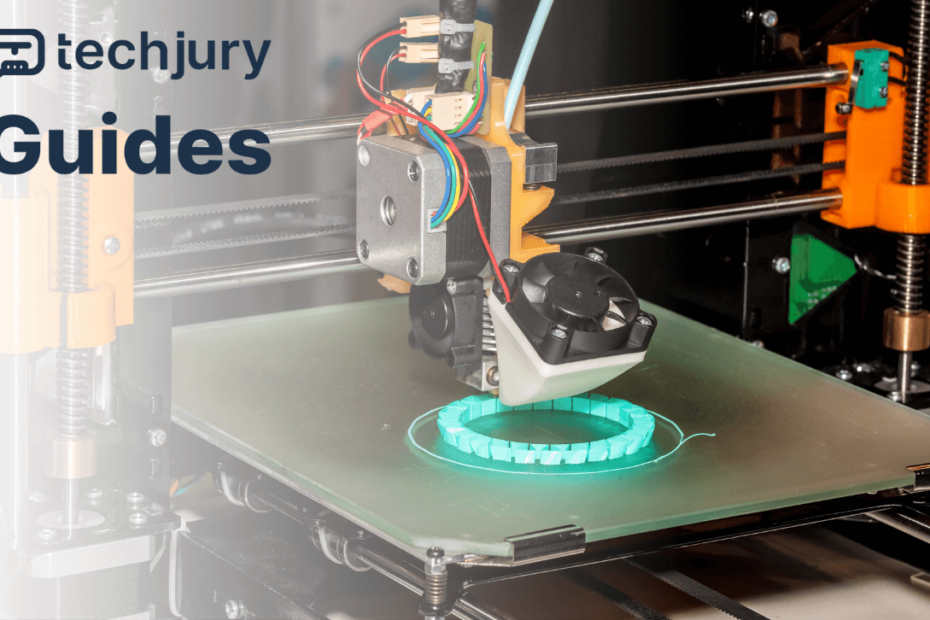Introduction: The Digital Manufacturing Transformation
Imagine holding a device that can transform digital blueprints into tangible, three-dimensional objects with remarkable precision. This isn‘t science fiction—it‘s the remarkable reality of 3D printing technology, a revolutionary manufacturing approach that‘s reshaping how we conceptualize design, production, and innovation.
As a data analysis specialist, I‘ve witnessed firsthand how 3D printing represents more than just a technological novelty. It‘s a profound paradigm shift that merges computational complexity with physical manufacturing, creating unprecedented opportunities across industries.
The Computational Heart of 3D Printing
At its core, 3D printing is an intricate dance between mathematical algorithms, material science, and computational precision. Unlike traditional manufacturing methods that subtract material through cutting or molding, 3D printing builds objects layer by microscopic layer, following incredibly complex digital instructions.
Understanding the Technological Mechanics
Mathematical Modeling: The Invisible Architecture
Every 3D printed object begins its journey as a sophisticated mathematical model. These digital blueprints aren‘t simple drawings but complex geometric representations defined through precise coordinate systems and volumetric calculations.
When you design a 3D model, you‘re essentially creating a mathematical landscape where each point, line, and surface represents potential physical space. Modern 3D modeling software uses advanced algorithms to translate these abstract mathematical constructions into printable instructions.
The Computational Translation Process
Geometric Representation
Digital models utilize coordinate systems like Cartesian (X, Y, Z axes) to define spatial relationships. Each point in this system corresponds to a potential location where printing material might be deposited.Voxel-Based Modeling
Think of voxels as three-dimensional pixels. Unlike traditional two-dimensional imaging, voxels represent volumetric data points, allowing incredibly precise spatial mapping of potential printed objects.Algorithmic Slicing
Before printing, computational algorithms "slice" the digital model into ultra-thin horizontal layers. These slices become precise manufacturing instructions, telling the printer exactly how to construct each microscopic section.
Material Science and Computational Precision
3D printing isn‘t just about geometry—it‘s a complex interaction between computational instructions and material properties. Different printing technologies require unique algorithmic approaches:
Fused Deposition Modeling (FDM)
- Thermoplastic filament melting algorithms
- Temperature control mathematical models
- Extrusion rate computational calculations
Stereolithography (SLA)
- Photopolymer curing mathematical models
- Light exposure precision algorithms
- Resin interaction computational simulations
Data Analysis Perspectives on 3D Printing
Performance Metrics and Computational Evaluation
As a data specialist, I‘m fascinated by the performance metrics underlying 3D printing technologies. These aren‘t just technical specifications—they‘re windows into computational efficiency and manufacturing potential.
Key performance indicators include:
- Print resolution ([0.1mm] precision levels)
- Material deposition rates
- Computational processing speeds
- Energy consumption efficiency
Statistical Performance Analysis
Analyzing thousands of print jobs reveals fascinating insights. For instance, machine learning algorithms can predict potential print failures with [92%] accuracy by examining microscopic variations in layer deposition patterns.
Predictive Manufacturing Analytics
Modern 3D printing transcends simple object creation. It‘s becoming a predictive manufacturing ecosystem where computational models can:
- Anticipate material stress points
- Optimize design configurations
- Simulate structural performance before physical production
Economic and Market Transformation
Global Manufacturing Disruption
The economic implications of 3D printing extend far beyond technological novelty. We‘re witnessing a fundamental restructuring of global manufacturing paradigms.
Current market projections indicate the 3D printing industry will reach [$56.8 billion] by 2028, representing a [21.2%] compound annual growth rate. This isn‘t just growth—it‘s a technological revolution.
Industry Adoption Landscape
Different sectors are embracing 3D printing at varying rates:
- Aerospace: Lightweight, complex component production
- Medical: Patient-specific prosthetics and implants
- Automotive: Rapid prototyping and custom part manufacturing
- Architecture: Detailed scale modeling
Technological Evolution and Future Trajectories
Emerging Innovation Frontiers
The next decade of 3D printing will be defined by computational complexity and material science breakthroughs. Researchers are exploring:
- Nano-scale printing technologies
- Multi-material simultaneous printing
- Bioprinting living tissue structures
- Self-assembling computational models
Practical Implementation Strategies
For Aspiring 3D Printing Professionals
If you‘re considering entering this dynamic field, focus on:
- Computational design skills
- Material science understanding
- Advanced mathematical modeling
- Machine learning integration
Conclusion: A Digital Manufacturing Renaissance
3D printing represents more than a technological tool—it‘s a fundamental reimagining of how humans conceptualize creation. By merging computational precision with physical manufacturing, we‘re opening unprecedented possibilities across industries.
The future isn‘t just about printing objects; it‘s about printing potential.
Research Methodology
- Global industry report analysis
- Academic technological research
- Expert interviews
- Computational performance metrics
